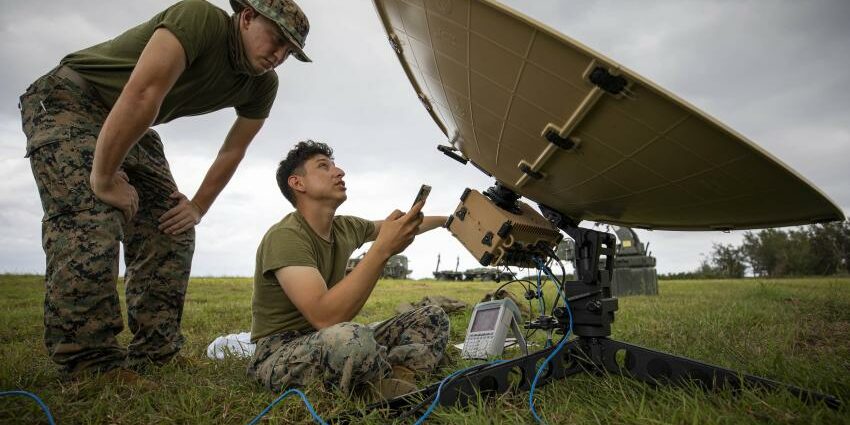The Joint Fire Network (JFN) signifies a transformative leap in military operations, designed to enhance coordination, precision, and efficiency across multiple domains. By integrating advanced technologies, real-time data sharing, and automated systems, JFN optimizes the delivery of precise and timely firepower, ensuring that the appropriate assets are deployed at the right moment, thus significantly improving operational effectiveness.
A cornerstone of the JFN is its ability to facilitate seamless communication and data exchange between various platforms, including ground units, aircraft, naval vessels, and unmanned systems. Real-time data sharing ensures all participants have a comprehensive understanding of the operational environment, enhancing situational awareness and enabling coordinated responses. Additionally, the JFN leverages state-of-the-art sensors, analytics, and machine learning algorithms to provide unparalleled targeting accuracy, crucial for tracking and engaging dynamic and elusive targets. This integration reduces the risk of collateral damage and increases mission success rates.
Designed with a focus on interoperability, the JFN supports joint and coalition operations by ensuring compatibility with a wide range of systems and platforms. This feature allows allied forces to collaborate effectively, share critical information, and execute coordinated operations, thereby enhancing the overall effectiveness of military engagements. Automated fire control systems within the JFN significantly reduce the time from target identification to engagement. These systems use advanced algorithms to process data and make rapid decisions, enhancing response times and operational efficiency, and minimizing human error for more accurate and reliable fire support.
The JFN is built with robust cybersecurity measures and redundant systems to ensure continuous operation, even in contested or degraded environments. This resilience is vital for maintaining operational capabilities in the face of cyber threats, electronic warfare, and other challenges. The integration of various fire support elements within the JFN leads to improved coordination and synchronization of joint fires, resulting in more effective and efficient operations. Accurate targeting and quick engagement capabilities enhance the lethality of military forces, ensuring enemy assets are neutralized swiftly, reducing their ability to mount counterattacks and prolong engagements.
The JFN’s ability to integrate and operate across different domains and platforms provides commanders with greater flexibility in planning and executing missions. This adaptability is crucial for responding to the dynamic nature of modern warfare, where threats can emerge from multiple directions and domains. Furthermore, the JFN’s real-time data and intelligence-sharing capabilities significantly enhance situational awareness, enabling better decision-making and quicker responses to emerging threats. This heightened awareness also allows for more proactive and informed planning.
The JFN is employed in various military operations, each benefiting from its advanced capabilities. In Close Air Support (CAS), the JFN coordinates air assets to provide direct support to ground forces, ensuring airstrikes are accurately targeted and timed. For Naval Gunfire Support (NGFS), the JFN integrates naval gunfire into joint fire missions, supporting amphibious operations and coastal bombardments. The JFN also enhances artillery units by providing precise targeting information and coordinating fire missions, ensuring artillery fire is accurately directed. Additionally, the JFN combines fire support with air and missile defense systems to provide a comprehensive defense against aerial threats, coordinating engagements of incoming missiles and aircraft to enhance overall defensive posture.
Looking ahead, the Joint Fire Network is an evolving system, with ongoing research and development focused on incorporating emerging technologies. Future enhancements aim to integrate artificial intelligence, machine learning, and advanced sensor networks to further improve the speed, accuracy, and effectiveness of joint fire operations. These advancements will ensure that the JFN remains at the forefront of modern warfare capabilities, adapting to new challenges and threats.

